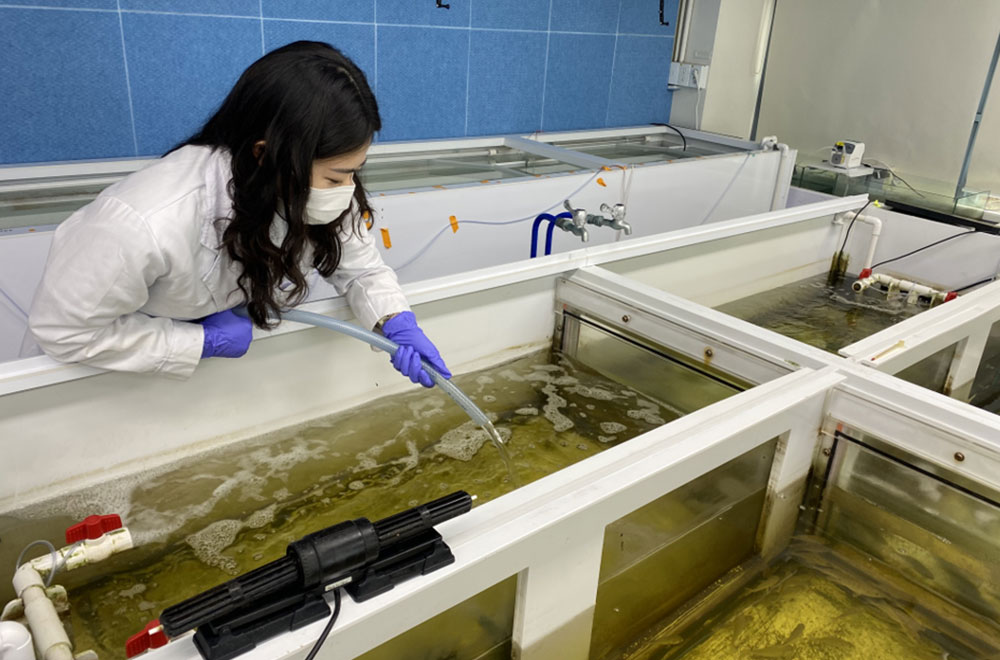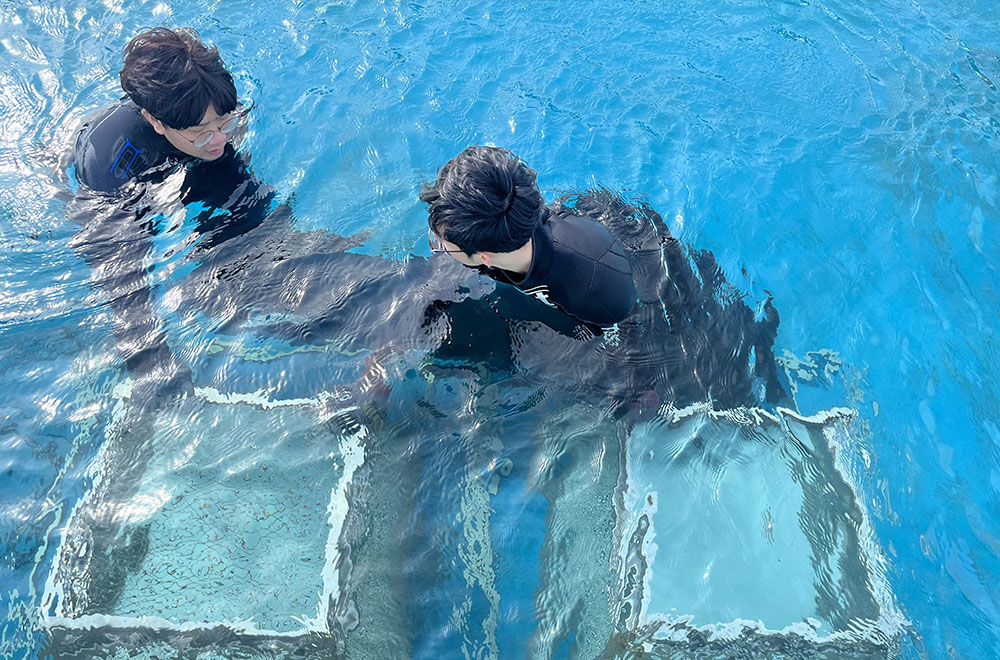해양생태계 구조연구
Marine Ecosystem Structurel
- 바다에는 어떤 생물들이(갑각류, 이매패류, 갯지렁이, 저서요각류, 저서어류 등 동물과 저서미세조류, 해조류, 염생식물 등 식물) 사는 지,
- 그리고 어디에(하구, 조간대, 조하대의 뻘, 모래, 암반 서식지, 그리고 섬과 심해) 사는 지,
- 또 얼마나 많이(생물량/에너지관점) 사는 지를 조사 연구
- What kind of marine animals and plants live in the ocean? Target marine organisms include crustacean, bivalves, polychaetes, copepods, benthic fishes, benthic diatoms, macroalgae, and halophytes etc.
- And, where do they live? Study gardens encompass estuary, intertidal zone, subtidal area, remote islands, and deep sea.
- Finally, how many species do they occur or biomass have?
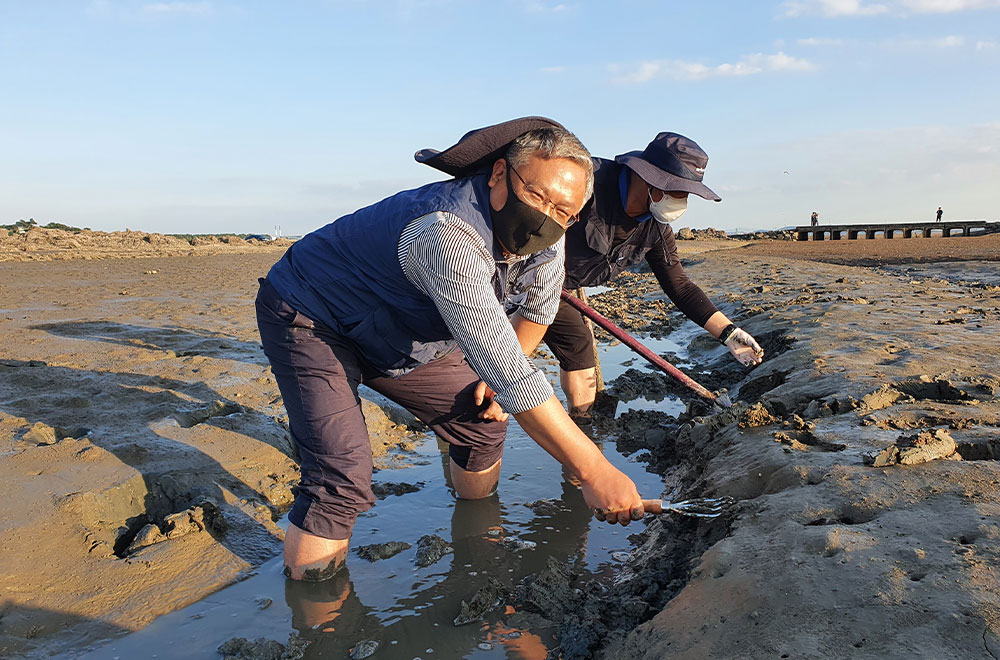



해양생태계 기능연구
Marine Ecosystem Function
- 생물들이 어떻게 에너지를 만드는 지(일차생산/이차생산),
- 어떤 먹이를 좋아하고(섭식), 짝짓기는 어떻게 하는 지(생식/행동),
- 다른 생물들과는 어떻게 어우러져 살아가는 지(경쟁/공생/기생)를 조사 연구
- What are the mechanisms of the primary and secondary productions for plants and animals, respectively, in the ocean? How do they transfer the materials and energy?
- How do the marine organisms adopt into the dynamic environments being changed, in terms of growth and reproduction? Do they have preference on food items or mating etc?
- Finally, how do they interact with each other, say competition, symbiosis, or parasiting?

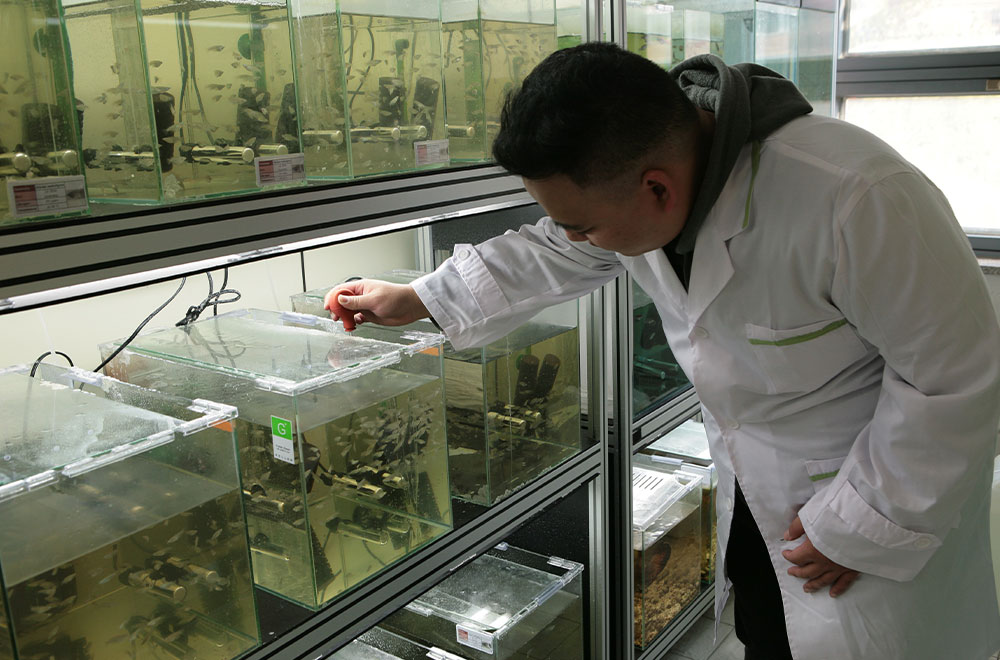
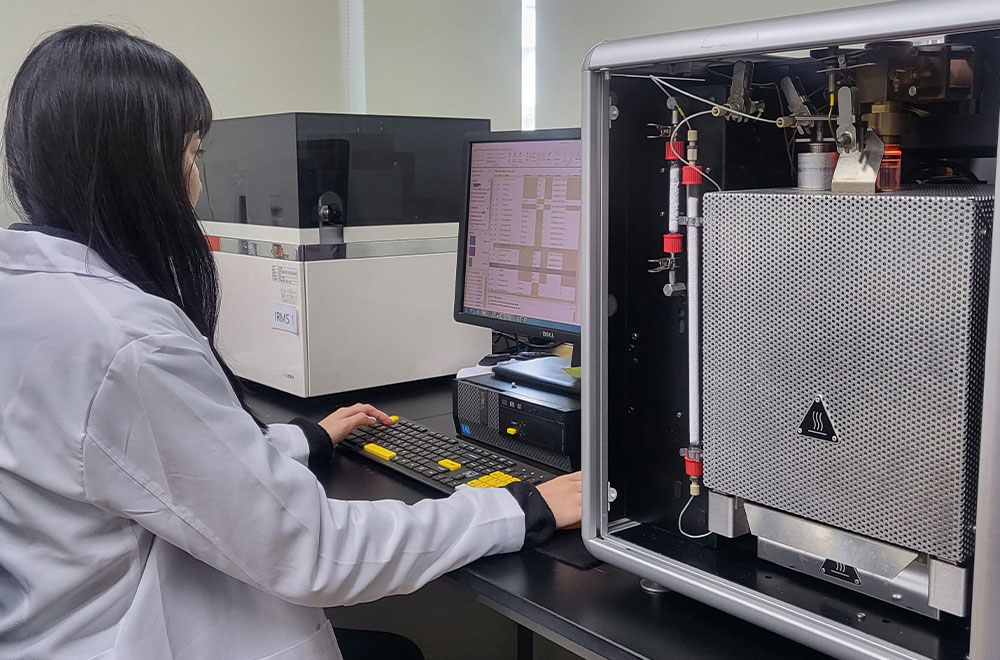

해양생태계 건강성연구
Marine Ecosystem Health
- 전지구 환경변화(기후변화/해양산성화)에 해양생태계는 어떻게 반응하는 지
- 작은 지역에서 환경변화(간척개발/육상기인해양오염/해양사고)가 해양생태에 어떤 나쁜 영향을 주는 지, 그리고 얼마나 견딜 수 있는 지를 조사 연구
- What are the mechanisms of the biological responses against the environmental changes such as global warming and ocean acidification?
- How do the regional events or accidents changes cause the ecological changes in given conditions, such as reclamation, pollution, or oil spill accident in the ocean? Assessments of ecological risk and sediment quality are topics of interest.

